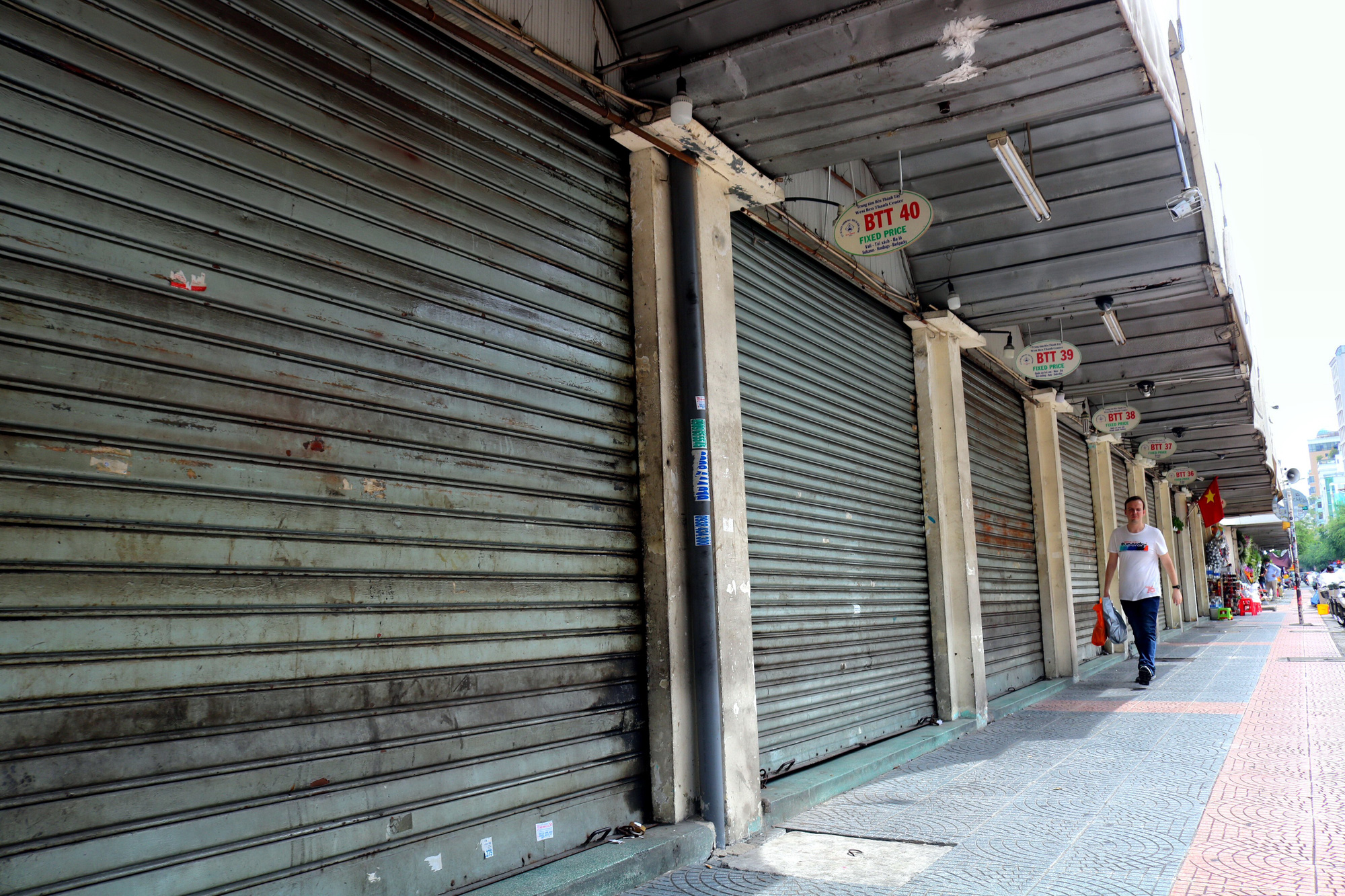In this last segment of this series of articles, it is worth looking at the current and near-future issues if Vietnam is to take as much advantage as possible of any opportunities opening up so it can recover economically faster than other nations struggling with the impact of the novel coronavirus disease (COVID-19) pandemic.
In part 2, I mentioned that Vietnam’s smaller ability to fulfill big production orders such as spare parts, supply chain materials to be further processed or electric components might be a drawback. However, it is unlikely that most industries will swing back to large-scale orders anytime soon.
Another serious consideration is exporting/shipping, an area noticeable because of complicated and time-consuming paperwork and shipping costs.
Fortunately, the government’s plan to introduce ‘one-stop’ online administrative centers and promises to streamline procedures has accelerated as the need to do so becomes ever more apparent.
As recently as early July, the government is now also heavily promoting tax breaks and special administrative streamlining for businesses looking to relocate to Vietnam.
‘Shovel-ready’ projects are already in the works around the provinces for repairs and the creation of new levies and small dams. Anti-flooding work is also planned for the Red River Delta region and parts of the Mekong Delta.
Local administrations are urged to reduce waiting times for land clearance and building approvals while re-enforcing damaged or ‘at risk’ riverbanks provides an almost instant job creation scheme.
Indeed, there is good potential in all this for job creation over the next year and a half — the time it will probably take to bring a vaccine to the public.
As mentioned in part 2, other countries — China and South Korea, for example — do have some advantage in greater numbers of skilled workers using modern technology. It is still a sore point locally.
Regarding this matter, Le Van Thanh, Deputy Minister of Labor, War Invalids, and Social Affairs, forecast that the labor and employment sector would continue to face obstacles till the end of the year.
The ministry would collate feedback from the affected enterprises and submit it to the government to address problems, he said.
It also proposed that the government relax regulations to allow companies to tap the unemployment insurance fund for employee training.
That will not really be enough. Some shift from promoting university to vocational careers needs to happen, and that is a matter of public attitudes toward education.
Unskilled work is going to shrink in availability — particularly among textile and agricultural processing industries. Thus a major financial investment by the government in vocational training centers for the southern and central regions would give the nation more attractive market and industrial production possibilities.
Improvements in tourism products, tours and packaged deals, have contributed to growth and it is a useful way to focus attention on lifting tourism quality while waiting for international travel to return in a big way.
There is enough of a ‘trickle’ of airline business in both domestic and regional markets — domestic airports in Thailand, for example — that it is unlikely that Vietnamese airline companies will go bust at this stage.
That question will present itself again sometime in the next six to twelve months.
Whichever that future unfolds, air travel is very unlikely to return in any form familiar from the past.
If international air travel stays stagnant for longer, companies will go broke, making the market smaller. So cheaper tickets are not going to be any part of a long-term recovery, as there is less competition for passengers.
Secondly, rapid testing at airports is not an option for perhaps years to come as the technology is still in the early stages.
We will not get a vaccine soon as it takes time to manufacture and distribute — the vaccine for measles took over ten years to develop.
Finally, airlines are doing away with ‘goodies’ — meal services and other facilities — to reduce touch/contact points. Travel is going to get more basic!
Predictions versus reality – September openings versus a year later. At least Vietnam will ride this out better than countries with more infrastructure and human services to maintain and fund.
How fast the nation chooses to react and adapt will make all the difference. But this is Vietnam, a nation used to doing things in adversity, hardship, and tough times. And it has done an amazing job over the last four decades.
I think Vietnam will surprise the world again… and again!

















































